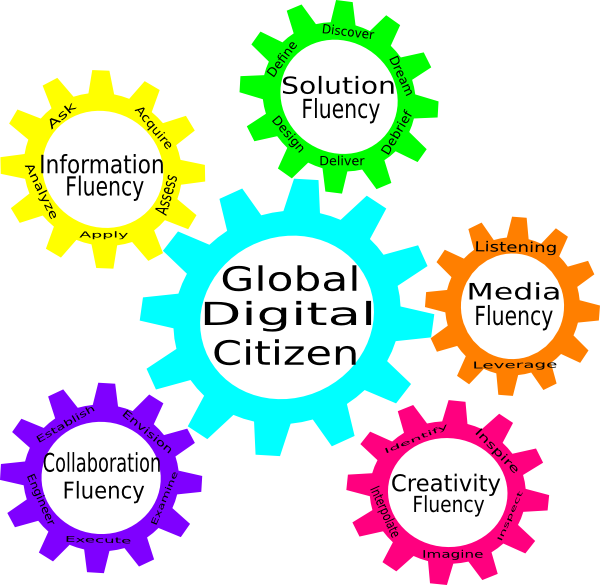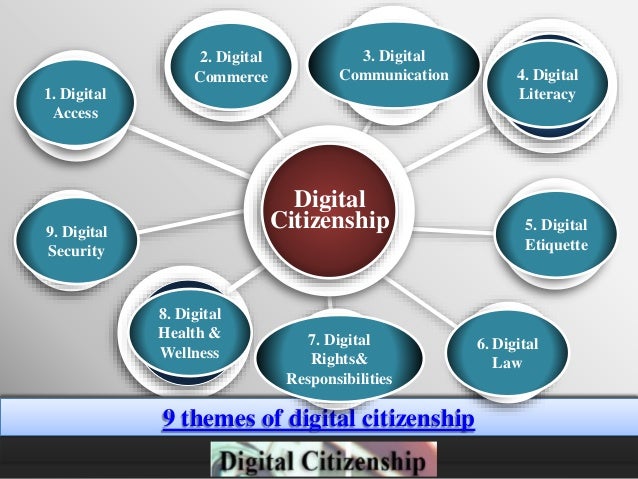Digital Citizenship and Digital Access
Chen, W. (2013) [Internet]
Slideshare Presentation: The Social Capital Effects: Resources, Tie
Strength, and Digital Divides. Available from:
http://www.slideshare.net/wenhong/c1-social-capital-effectct-asa2 [Accessed 12
Nov 2015]
“Data” Math
is fun, n.d. [Internet] Available from:
http://www.mathsisfun.com/data/data.html [Accessed 12 Nov 2015]
Digital Literacy and Information Fluency
Packet
switches. [Image] Wikibooks. (n.d.) Available from:
http://en.wikibooks.org/wiki/A-level_Computing/AQA/Computer_Components,_The_Stored_Program_Concept_and_the_Internet/Structure_of_the_Internet/Packet_switching#mediaviewer/File:CPT-Internet-packetswitching.svg
[Accessed 12 Nov 2015]
Digital Communication
Anon (a),
(2013). MIT Technology in Review. [Internet] 2013: The Year of the Internet
of Things. Available from:
http://www.technologyreview.com/view/509546/2013-the-year-of-the-internet-of-things/
[Accessed 12 Nov 2015]
Digital etiquette
Melin, E.
(Mar, 2013). [Internet] 11 Examples of Bad Digital Etiquette. Available
from: http://www.spiral16.com/blog/2013/03/11-examples-of-bad-digital-etiquette/
[Accessed 12 Nov, 2015]
Digital Rights and Responsibilities
News24. (11
Sep, 2013) Bristow-Bovey ‘pleads guilty’. [Internet] Available from:
http://www.news24.com/World/News/Bristow-Bovey-pleads-guilty-20030911 [Accessed
12 Nov 2015]
Digital Security
Lee, A. (08
Aug, 2011) Huffington Post. Why Does Sony Keep Getting Hacked.
[Internet] Available from:
http://www.huffingtonpost.com/2011/06/08/sony-hack-problems_n_873443.html
[Accessed 12 Nov 2015]
Digital Health and Wellbeing
Net
Addiction: Centre for Internet Addiction. (n.d.) FAQ. [Internet]
Available from: http://netaddiction.com/faqs/ [Accessed 12 Nov, 2014]
Digital Commerce
Digiteen
Wiki. (n.d.) Digital Commerce. [Internet] Available from:
https://digiteen.wikispaces.com/Digital+Commerce [Accessed 12 Nov, 2015]

















